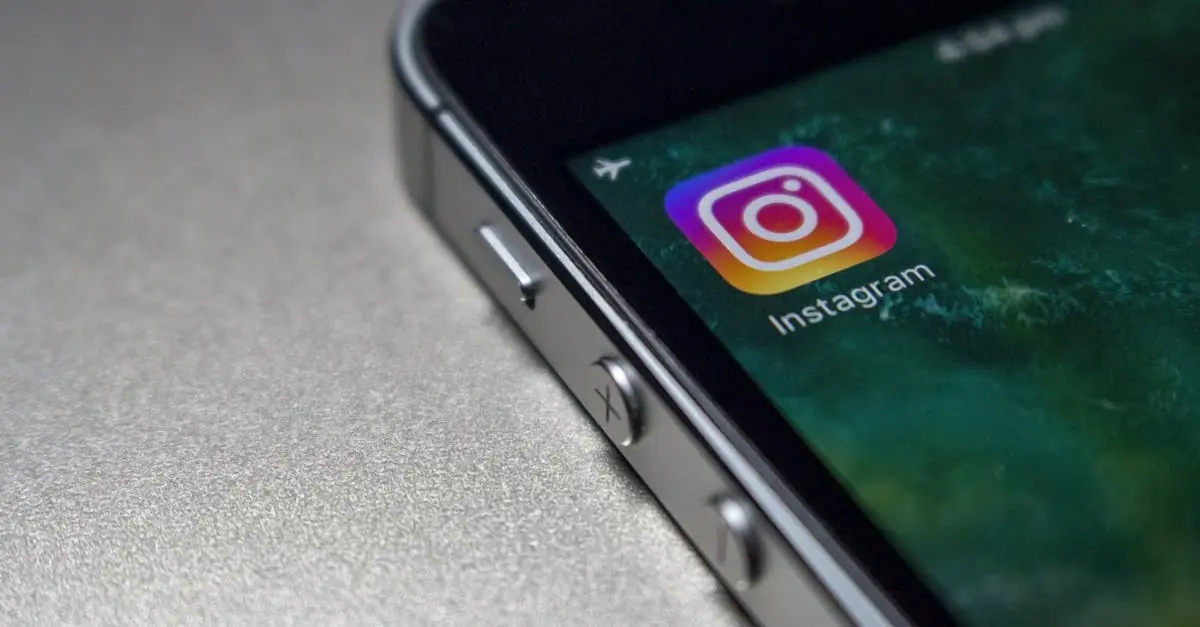In a world where staying connected is as crucial as breathing, cellular network fallback is the unsung hero of mobile technology. Imagine you’re in the middle of a crucial video call, and suddenly, your signal drops like a bad habit. Panic sets in, but fear not! Cellular network fallback swoops in like a knight in shining armor, ensuring you stay connected even when your primary network goes belly up.
This clever technology seamlessly shifts your connection to a backup network, saving the day and your sanity. Whether you’re navigating a busy city or exploring the great outdoors, knowing that you won’t lose touch with the world is a comforting thought. Dive into the fascinating world of cellular network fallback and discover how it keeps us all plugged in, even when the digital landscape gets a little rocky.
Table of Contents
ToggleUnderstanding Cellular Network Fallback
Cellular network fallback technology ensures reliable connectivity during mobile communication. This feature automatically switches users to a backup network when the primary signal fails, keeping them connected in critical moments.
Definition and Purpose
Cellular network fallback refers to the automatic transition from a failed cellular network to a backup network. This fallback mechanism activates upon signal loss, minimizing disruptions. It serves as an essential safeguard, especially for voice calls and data usage. When a device encounters weak signals, it seamlessly reconnects to alternative networks like 3G or 2G, ensuring continuous service. By providing this option, users can avoid missed calls and interrupted data sessions, which are crucial during emergencies or important communications.
Importance in Modern Communication
Modern communication relies heavily on stable network connections. Cellular network fallback enhances the overall user experience by maintaining connectivity in various environments. In crowded urban areas, signal interference often occurs, leading to dropped calls. This technology mitigates such challenges, enabling users to stay connected without interruptions. Furthermore, in remote locations, where network coverage may be sparse, fallback ensures access to necessary communication tools. The ability to switch networks automatically reassures users about maintaining important connections, reinforcing trust in mobile technology’s reliability.
Types of Cellular Network Fallback
Cellular network fallback types include various backup systems that ensure consistent connectivity. Each type serves distinct purposes based on technology and network availability.
2G and 3G Fallback
2G and 3G fallback occurs when a device transitions to these older networks in response to weak or unavailable signals. Users experience seamless service during crucial moments, as calls and data transfer remain uninterrupted. Devices recognize when 4G signals drop and automatically switch to either 2G or 3G networks. This capability proves essential in areas where 4G coverage is spotty. Emergencies display the importance of this fallback, allowing users to maintain communication when needed most. Both technologies enhance connectivity reliability, especially in crowded urban environments or remote locations.
VoLTE and LTE Fallback
VoLTE and LTE fallback leverage advanced technology to maintain voice call quality and data connectivity. In instances where LTE signals weaken, devices can revert to either 3G or legacy networks while ensuring voice services remain clear. Users engage in uninterrupted conversations, as the transition happens automatically and without noticeable delays. VoLTE provides high-definition voice calls that operate over LTE networks, while fallback options help retain service in challenging environments. Maintaining connectivity depends on these mechanisms, which deliver both speed and clarity during critical communications.
Benefits of Cellular Network Fallback
Cellular network fallback provides essential advantages for users in various situations. This technology ensures consistent connectivity, particularly during low signal scenarios.
Improved Coverage
Coverage extends significantly with cellular network fallback. By transitioning to older networks like 2G or 3G, devices maintain connections even when 4G signals are weak or unavailable. During emergencies, these backup networks prevent dropped calls, allowing users to stay in touch when it matters most. Users in urban environments often experience congestion, where fallback technology becomes crucial for reliable service. Enhanced coverage reduces frustration and anxiety, knowing that connections will persist regardless of signal strength. Cellular network fallback offers reassurance for those on the go, ensuring that communication remains stable across different locations.
Enhanced Connectivity
Connectivity becomes markedly better through cellular network fallback. Automatic transitions facilitate seamless communication without noticeable interruptions. When faced with signal degradation on high-speed networks, the ability to slip into backup modes ensures that users maintain their data sessions and voice calls. This technology safeguards user experience during crucial moments, especially in remote areas where modern networks may falter. Enhanced connectivity fosters a sense of security, as users can rely on their devices during critical communications. The integration of fallback mechanisms supports uninterrupted service, reinforcing trust in mobile technology and its capabilities.
Challenges and Limitations
Cellular network fallback technology encounters several challenges and limitations that can impact its effectiveness.
Network Compatibility Issues
Device compatibility poses a significant challenge for seamless transitions between networks. Some devices may lack the proper hardware or software to support older networks like 2G or 3G. Infrastructure variances also contribute to difficulties, as not all regions maintain support for fallback networks, particularly in rural or remote areas. When a device switches networks, it relies on existing infrastructure to establish a connection. Variations in signal strength further complicate this process. Incompatibilities can lead to dropped calls and impaired data sessions, frustrating users during critical moments.
User Experience Concerns
User experience frequently suffers due to issues related to connective quality when falling back to older networks. Slower data speeds on 2G or 3G networks can disrupt activities like streaming or video calls, diminishing the overall experience. Unexpected transitions may confuse users, especially if connections drop altogether, leaving them unable to communicate effectively. In urban environments with dense networks, maintaining seamless fallback becomes challenging, as users expect rapid connectivity. Overall satisfaction hinges on reliable service; therefore, these limitations highlight areas for improvement within the technology landscape.
Future of Cellular Network Fallback
Cellular network fallback technology is poised for significant growth and enhancement, shaped by continuous advancements and industry trends.
Technological Advancements
Emerging solutions focus on improving seamless transitions between networks. Innovations in software enable devices to detect and adapt to optimal network conditions quickly. Enhanced algorithms support quicker reconnections, reducing the time users experience dropped signals. Additionally, manufacturers develop hardware capable of supporting multiple network types efficiently. Integration of artificial intelligence into network management systems further optimizes fallback functionalities, predicting failures and rerouting connections proactively. These developments ensure that users maintain reliable connectivity during critical moments.
Industry Trends
The telecommunications industry is witnessing a shift towards improved cellular network fallback strategies. More providers are prioritizing user experience by investing in robust fallback technologies. Increased demand for uninterrupted connectivity drives partnerships between mobile network operators and technology developers. Push toward 5G deployment includes enhancements for fallback mechanisms, focusing on maintaining quality as users transition between networks. Policy frameworks aim to establish standards that support interoperability and enhance reliability. As user expectations rise, providers respond by refining fallback solutions to meet connectivity challenges effectively.
Cellular network fallback technology plays a crucial role in ensuring uninterrupted communication. By automatically switching to backup networks during signal failures, it enhances user confidence in mobile connectivity. This technology not only prevents missed calls and data interruptions but also provides essential support in emergencies and remote areas.
As advancements continue, the future of cellular network fallback looks promising, with innovations aimed at improving seamless transitions and user experience. The telecommunications industry is increasingly recognizing the importance of robust fallback solutions to meet growing connectivity demands. Ultimately, this technology reinforces the reliability of mobile communication, making it an indispensable feature for users everywhere.





